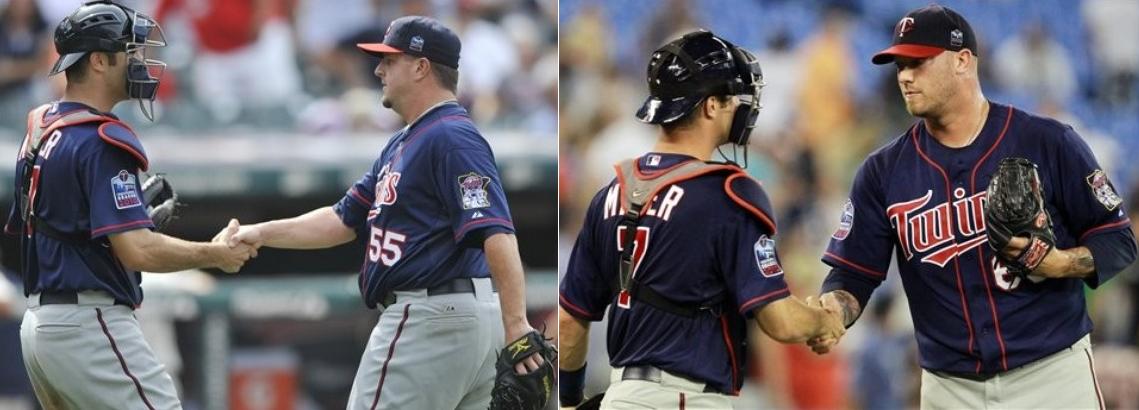May 12, 2011
Proving closers and expensive saves
When the Twins traded Wilson Ramos to the Nationals for Matt Capps last July 30 they touted Capps' status as a closer. And not just any closer, they repeatedly said. Capps was a "proven closer" and an "experienced closer" and an "All-Star closer." Regardless of their wording, the message was clear: They felt that Capps' track record as a closer for the Pirates and Nationals made him a major upgrade over Jon Rauch, who'd been filling in for the injured Joe Nathan.
I hated the move at the time, writing that a prospect as good as Ramos was far too big a price to pay for Capps, whose save totals masked the fact that his actual performance was merely setup-man caliber and not significantly better than Rauch. That stance was viewed as heresy by many Twins fans. After all, they said, the Twins had acquired a proven, experienced, All-Star closer and that would allow them to remove Rauch from a role he clearly was ill-suited to fill.
However, once you strip away the labels and perceptions there simply wasn't much difference between the two pitchers. And certainly not enough difference to warrant giving up a prospect like Ramos for the right to pay Capps three times as much money as Rauch. At the time of the trade Rauch had a 3.05 ERA and was 21-for-25 converting saves. Since the trade Capps has a 2.86 ERA and is 21-for-25 converting saves. And the similarities go even further:
IP ERA SV BS SO/9 BB/9 HR Rauch then 38 3.05 21 4 6.3 2.1 3 Capps since 44 2.86 21 4 6.1 1.6 4
One pitcher was a career-long setup man whose stint as a fill-in closer was largely treated as a failure. One pitcher was touted as an experienced, proven, All-Star closer whose presence in the ninth inning was apparently worth giving up one of baseball's top catching prospects. And just as their respective numbers beyond save totals suggested at the time of the deal, there's been almost no difference between the two pitchers since the deal.
Well, except that Capps is now being paid $7.15 million by the Twins in his final season before free agency and Ramos is hitting .295/.356/.462 as the Nationals' starting catcher at age 23. Closing is a role, not a skill, and the success rate is 75-80 percent for mediocre relievers, 80-85 percent for good relievers, and 85-90 percent for elite relievers. Paying a premium for an 80-85 percent guy just because he'd done it before was an increasingly costly error in logic.


